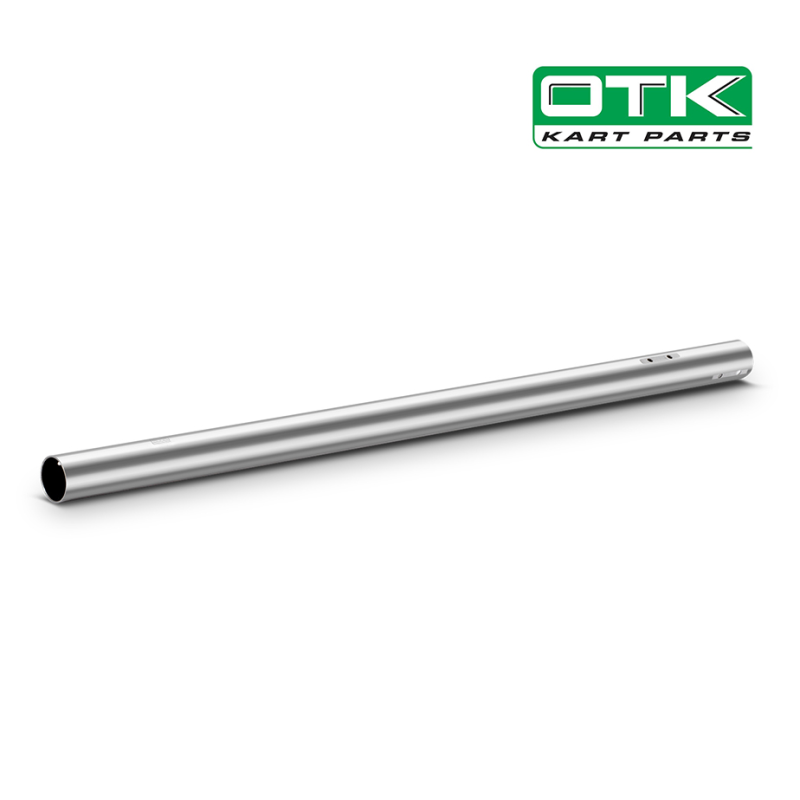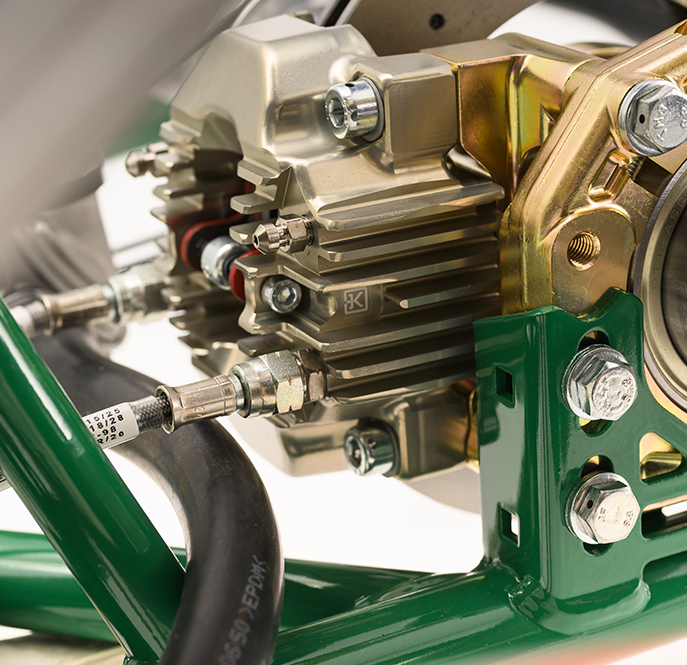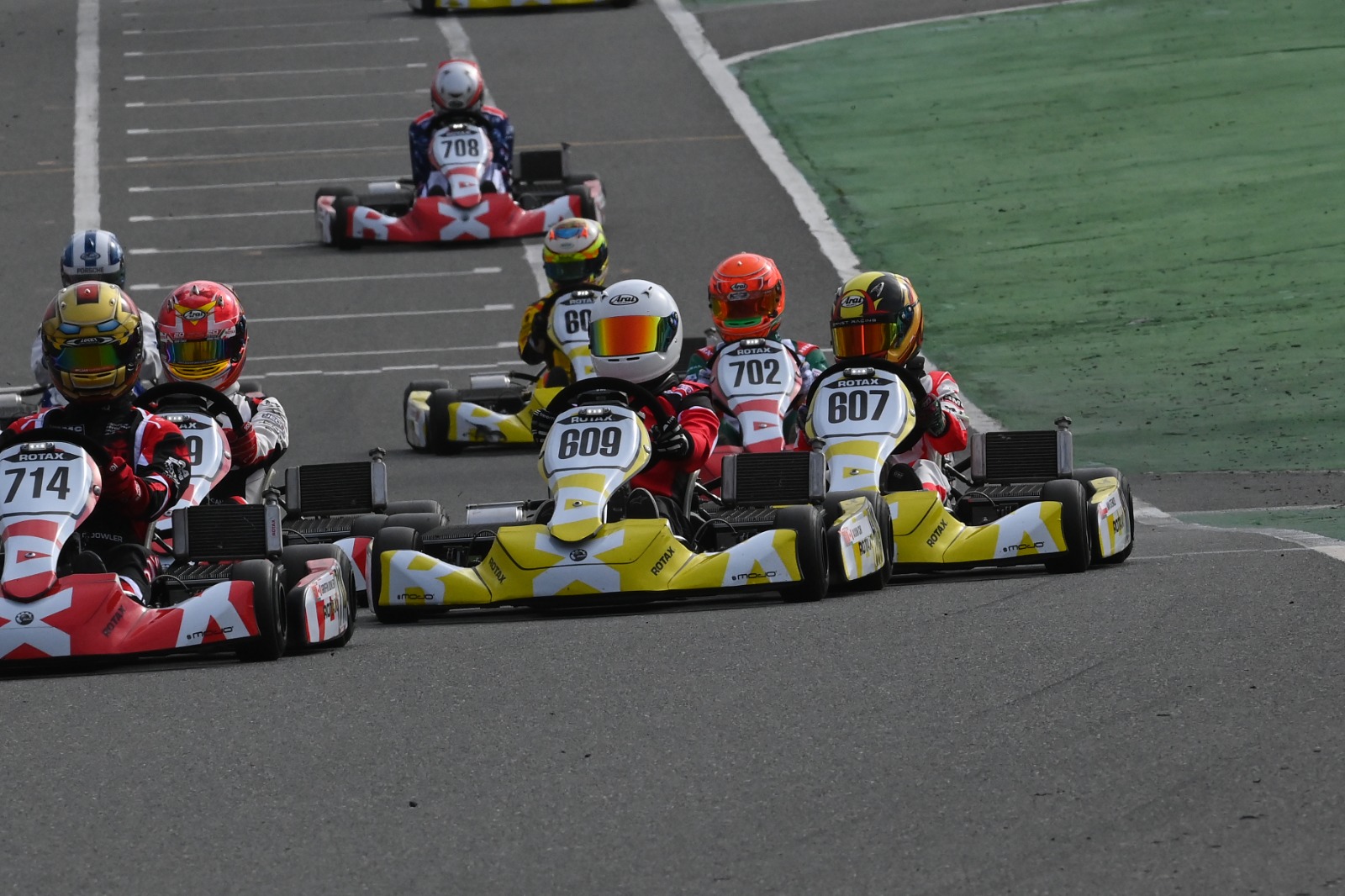What OTK Axle Should I Use?

Five Tips On How To Go Faster In Karting In 2025
January 17, 20251) Starting Point
First of all, you need to prepare properly for every karting race. Your chassis should always be reset to the neutral setup—this is also called the stock setup. On an OTK chassis, the stock setup works well about 90% of the time. To be even clearer, "stock" means how the kart comes straight out of the box.
Once practice begins, you'll start gradually dialing in or removing grip. Generally, we don't add grip early on because we anticipate that rubber will get laid down and the track will naturally gain grip.
If you're putting on new tires during practice, this serves as a simulation run for qualifying. It allows you to feel the kart’s potential grip and how it reacts. This step is crucial for making the right setup decisions moving forward. Not everyone does this—especially at the club level (where it’s often seen as a waste of money)—but at national and international events, it's essential.
I can't stress enough how important it is to start with a stock setup. Honestly, if one of our drivers is struggling on a stock OTK during a practice day, my first thought is: What driver technique issues do we need to focus on?


2) Axle Stiffness
N Axle stands for Neutral. H stands for hard. But what is everything else in between? This chart helps explain the various OTK Kart axles we use in our Tony Karts. It doesn't matter if you drive a Lando, Kosmic. All the same.
Our stock setup is always the N axle. It's the GOAT. But as that rubber starts laying down and you can feel that grip — under braking, turn-in and on acceleration — what do you change to?
A long time ago, everyone said go softer on the axle when it becomes grippy. However, with the development of softer chassis, the harder we go on axles is what makes a chassis freer. So if I am running an N axle and I want to free my kart up, I would run the A, HD or H axle. As a team, we have not had much positive feedback with the HH (hardest axle) from OTK, so I no longer even carry it.
One other thing that is very important to consider: drivers that are taller or heavier produce a lot more grip. You need to be aware of this and stay ahead of the game. So generally, you're the first ones to switch to a harder axle.
As drivers, parents, tuners, coaches, it's really easy to want to look at the fast kid and see what they're running — and just copy their setup. I would agree with this most of the time. But everyone is different and you need to find out what works best for you. I was taller, I needed to be freer. I coach shorter kids and naturally, they always complain of lack of grip. Test each axle and build your database to your driver.
When To Go Soft
Honestly, we never use anything softer than the N. Unless it's raining and it's a big race. If I am at a club race, we will keep the N in for the wet. But if it's raining and I want the best rain setup, I am going to install the Q axle. I never go below that. The Q produces good grip but, more importantly, really helps the chassis roll over the bumps and curbs.


Conclusion On The Secret To Kart Axles
100%—axles make the winning difference in races. The key is to know when to anticipate when you should free your kart up. I like to think of it as proactive. Being reactive is almost too late.
In many weekends, in a two-day event with one set of tires, we find ourselves going back softer to the N because the tires have a lack of grip and can no longer handle the stiffer axles. So don't just assume changes are good until the end or race day.



